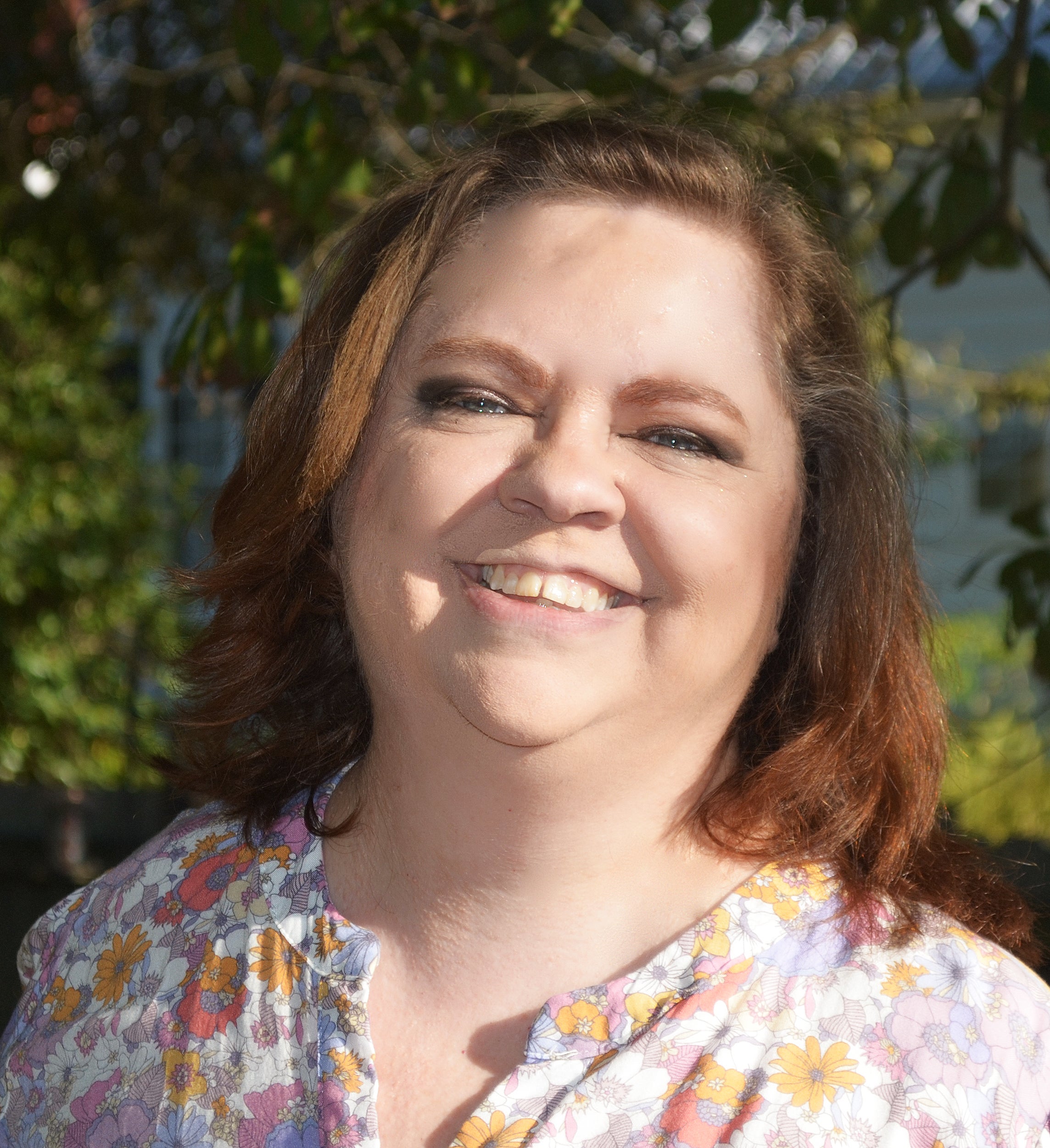Teen suicide: Open conversations save lives
Published 8:17 pm Tuesday, February 21, 2023
|
Getting your Trinity Audio player ready...
|
Editor’s note: This article discusses suicide. If you or someone you know is having thoughts of suicide, don’t hesitate to contact the Suicide & Crisis Lifeline at 988 or 1-800-273-TALK (8255).
Lexi Miller, a happy, healthy high school senior and athlete, committed suicide and lost the battle of choosing life on Feb. 6, 2019.
Her mom Andrea never knew Lexi was at-risk to self-harm until her daughter’s death and, because Lexi did not fit into the stereotypical model for a suicide risk child, did not understand the necessity of having open questions about mental health with her child.
After Lexi took her own life, Andrea searched for answers and discovered the importance of open mental health conversation between kids, parents, teachers, family, friends and anyone, really, who notices that someone they love exhibits a change in behavior.
Andrea formed the Love Like Lexi Project to help children understand they can talk to someone — a friend, a teacher, a counselor, a parent — about their feelings. Now, she educates parents and communities about the need to discuss thoughts of suicide with kids and the opportunity they have to let children know someone cares.
Lowndes County Juvenile Probation Officer Keisha Lee works with youths exhibiting at-risk behaviors. She speaks in schools and addresses students with a vital message — someone cares.
Lee spoke to students at one high school a few years back and afterward she was approached by a young woman who said she entertained thoughts of suicide.
Life at home was rough for this young lady, Lee said. She needed to know someone cared and she needed an advocate to help set her, and her family, back on the right track.
As a JPO, Lee connects youth and families with the resources they need to make change and to improve outcomes.
Lee connected this young woman with resources. The girl, and her mother, received much-needed counseling.
This young woman won the battle with thoughts of suicide. She chose life.
Lee said the mother is now practicing better parenting and working to create a healthier home.
Karen Sullins, a licensed professional counselor and founder of Helping Hands Professional Counseling and Consulting, works with children in Butler, Lowndes, and Crenshaw counties.
“I’m taken aback by the public not realizing how big this issue is until it hits home,” Sullins said. “That way of thinking, that if it doesn’t involve me then I don’t care; we can’t do that anymore. These are our kids’ friends. These are people that are connected in the community. [Teen suicide] impacts the whole school, the family, and the church family.”
As Sullins said, we cannot continue ignoring the problem. We — me and you, friends, families, schools, churches, communities — must open conversations to let our children know they can tell us about their battles.
We must notice the children around us who exhibit behavior changes, those who seem lonely, removed, less talkative, despondent, frustrated, angry, hopeless, or conflicted.
The kids who seem healthy and happy may need to talk too. We can no longer stay by, fearing we will put an idea in a teen’s head. Adults must develop the courage they need to ask the hard questions to kids and perhaps also to share that they also have grappled with the same challenges.
Andrea Mills did not know she needed to talk to Lexi, but through the Love Like Lexi Project she has shared a message of life, love, and hope with more than 15,000 kids and parents at 32 schools serving 4,416 communities.
Over 10,000 students have completed the project workbook to date, receiving the tools they need to help them choose life.
Many more children need to know someone cares. We must be brave enough to be that person for them.
The QPR Institute offers a practical approach for having conversations about suicide and outlines a protocol for questioning, persuading, and referring teens at risk of self-harm.
Visit qprinstitute.com for more information.
Editor’s note: This report is the last of a three-part series of articles highlighting teen suicide. Part 1 outlined leading contributing factors among youth who consider or attempt suicide. Part 2 covered what communities and individuals can do to help teens grappling with thoughts of suicide.





